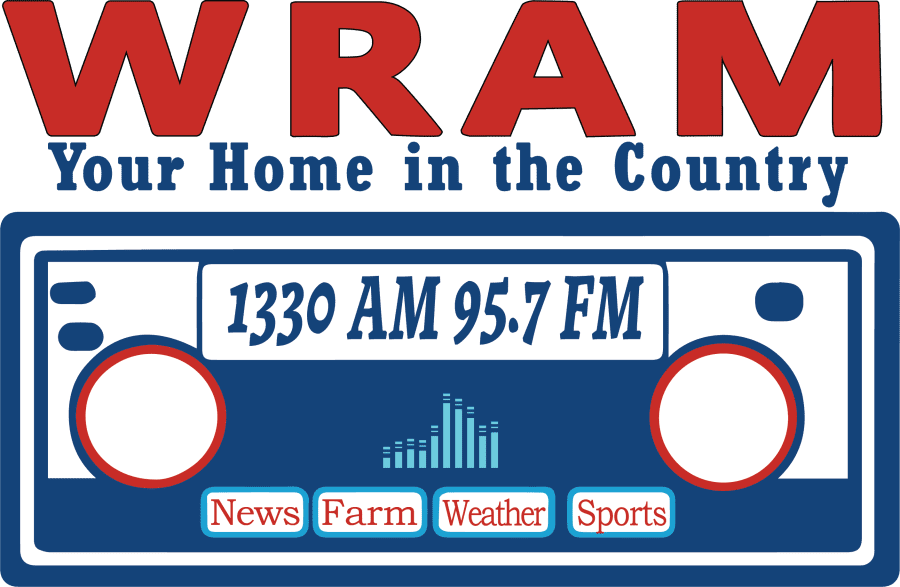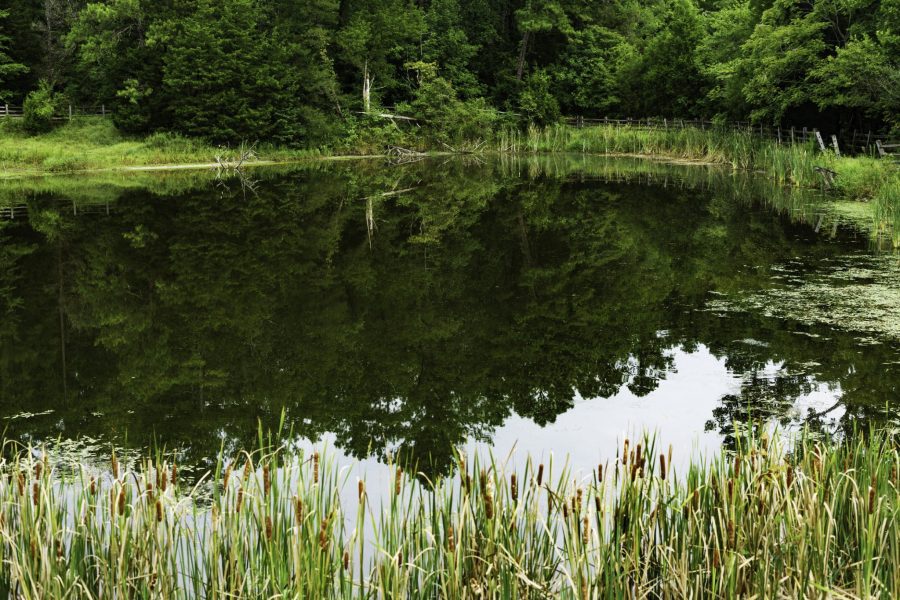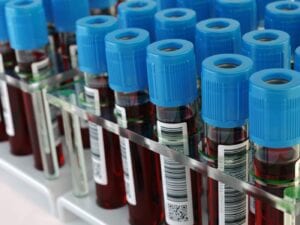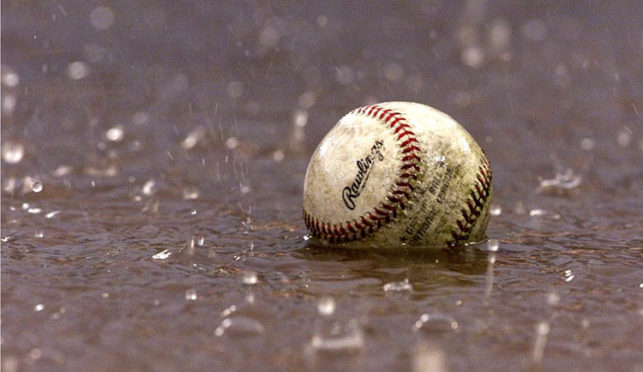Having a scenic and healthy pond on your property takes a little bit of strategy and time but does not have to be overwhelming. Spring is a good time to get ahead of growing vegetation or algae before it becomes a nuisance. Here are five tips to keep your pond healthy for fishing, swimming or other recreational activities:
- Take Pond Water Quality Measurements – Many pond problems are the result of water quality issues. For example, fish kills can be the result of low dissolved oxygen, pH, or alkalinity or excessive plant/algae growth can be the result of nitrogen or phosphorous levels. Water quality test kits can be obtained at pet or swimming pool stores. The most important Indicators you should know about your pond include highest temperature in summer and dissolved oxygen level as they are critical for survival of fish and other aquatic life.
- Identify Problems Early – Routinely inspect ponds for small trees on banks, erosion, early signs of leaking ponds like soggy banks or drop in water, watch for new plants and identify them for treatment, and ensure fences are in good shape.
- Control Sources of Nutrients and Sediment– Determine where and how water flows into your pond – are there new construction developments nearby, agriculture or yard areas that could contribute fertilizers? Excess sediment and nutrients can lower oxygen levels and increase plant growth. To control, consider edge buffer strips to trap sediment, limit fertilizer use, and installation of aeration units to increase oxygen.
- Manage Aquatic Plants – Some (20-40%) aquatic vegetation is good for your pond – small, microscopic plants are good food sources for fish food, emergent plants filter sediments and provide habitat for amphibians, and submerged plants provide habitat for fish. If vegetation becomes excessive, consider all control methods and properly identify the plant you want to control. Illinois Extension can help identify plants and provide control recommendations.
- Manage Fish and Wildlife Properly – Keep fish management simple by stocking only two species of fish. Stock your pond only as needed and make sure to fish/harvest from your pond to maintain healthy populations. Avoid bringing fish from other sources like ponds, lakes, or rivers. Feeding is not necessary as it adds excess nutrients.
WRITER: Amy Lefringhouse, Natural Resource, Environment and Energy Educator, University of Illinois Extension
***Report Courtesy of the University of Illinois Extension***
















